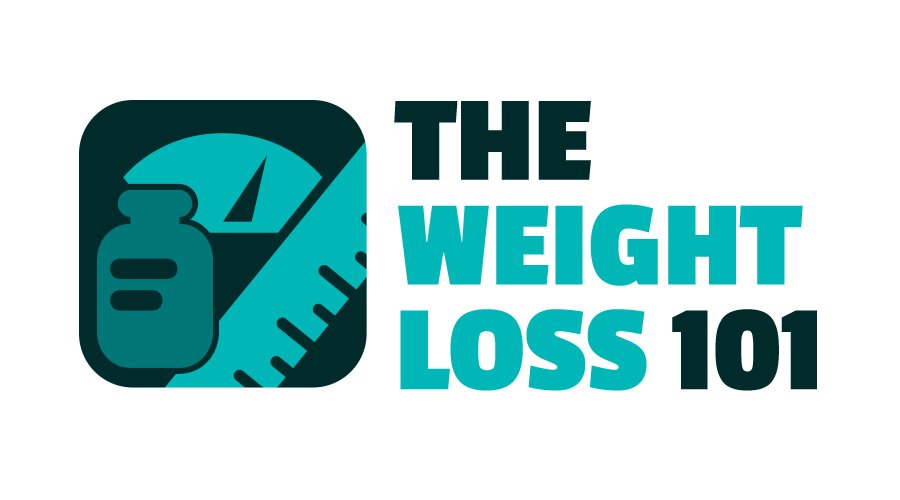Welcome to the first section of our article: Strength Training for Post-Menopausal Weight Loss tips. In this section, we will discuss the importance of incorporating strength training exercises into your workout routine during menopause. Many adults between the ages of 45 and 64, especially women, do not meet the minimum recommended amount of exercise. However, regular exercise during menopause is essential for alleviating symptoms and managing weight gain. While exercises like walking, swimming, and Tai Chi are effective for targeting the menopause belly, strength training is also beneficial for preserving muscle mass and boosting metabolism.
Strength training exercises such as forearm planks, modified push-ups, and bird dogs can be incorporated into your routine to specifically target belly fat and promote weight loss. These exercises not only help to shape and tone your body but also contribute to increased calorie burning and improved overall health. By making strength training part of your workout regimen, you can achieve significant results in your post-menopausal weight loss journey.
Key Takeaways:
- Incorporating strength training exercises into your routine is important for post-menopausal women.
- Strength training helps preserve muscle mass and boost metabolism.
- Exercises like forearm planks, modified push-ups, and bird dogs can target belly fat and promote weight loss.
- Strength training contributes to increased calorie burning and improved overall health.
- Make strength training a regular part of your workout regimen to achieve significant results in post-menopausal weight loss.
The Importance of Exercise for Menopausal Women
Exercise plays a critical role in the lives of menopausal women, particularly when it comes to maintaining a healthy body composition. During this stage, women often experience weight gain around the belly and a decline in physical activity, which can lead to a slower metabolism. However, regular exercise can help counter these changes and have a positive impact on overall health.
One form of exercise that specifically benefits menopausal women is resistance training. This type of exercise, also known as strength training, focuses on building muscle and can significantly contribute to weight loss after menopause. By engaging in resistance training, women can increase their muscle mass, which in turn helps elevate their resting metabolic rate and burn more calories throughout the day.
When it comes to resistance training exercises, incorporating moves like forearm planks, modified push-ups, and bird dogs can be highly effective. These exercises not only target multiple muscle groups but also strengthen the core and help reduce belly fat. By including these exercises in a regular strength training routine, menopausal women can work towards building muscle, losing weight, and improving their overall body composition.
It’s important to note that as menopausal women engage in resistance training, they may experience benefits beyond weight loss. Building muscle through strength training can enhance bone density, reduce the risk of osteoporosis, and promote overall strength and mobility.
So, if you’re going through menopause and looking to lose weight, remember that resistance training is key. By incorporating exercises that focus on building muscle into your fitness routine, you can combat weight gain, improve your metabolism, and achieve your weight loss goals.
Take the first step towards a healthier you by starting a resistance training program today. Your body will thank you!
Benefits of Exercise for Menopausal Women
- Preserves muscle mass
- Increases metabolism
- Reduces belly fat
- Enhances bone density
- Improves overall strength and mobility
“Investing time in resistance training is investing in your long-term health and well-being.”
Benefits of Exercise for Post-Menopausal Women

Exercise offers a wide range of benefits for post-menopausal women. Engaging in regular physical activity can greatly improve cardiovascular health, increase bone density, alleviate low back pain, and even help with stress management and mood swings. Weightlifting, in particular, provides unique advantages for women during this stage of life.
Strength training routine for menopause is not only effective for weight management but also serves as a powerful tool to prevent the loss of muscle mass that naturally occurs with age. Maintaining muscle strength is essential for overall physical function and can contribute to a higher quality of life. By incorporating weightlifting exercises into a post-menopause workout program, women can experience numerous benefits that promote their overall well-being.
One of the key weightlifting benefits for women is improved metabolic function. As we age, our metabolism tends to slow down, making weight management more challenging. However, strength training has been proven to increase muscle mass, which in turn boosts metabolic rate and promotes more efficient calorie burning. This can help with weight loss or weight maintenance, contributing to a healthier body composition.
Besides metabolic benefits, weightlifting also strengthens bones, resulting in increased bone density. This is especially important for women post-menopause, as they are at a higher risk of osteoporosis. By engaging in regular weightlifting exercises, women can strengthen their bones, reduce the risk of fractures, and promote long-term bone health.
To further highlight the benefits of weightlifting for women during menopause, here is a table summarizing the advantages:
| Benefits of Weightlifting for Women |
|---|
| Increased metabolic rate |
| Improved weight management |
| Strengthened bones and increased bone density |
| Preservation of muscle mass |
| Enhanced physical function and overall well-being |
It’s important to note that post-menopausal women should consult with a healthcare professional or a certified trainer before starting a new strength training routine. They can provide personalized guidance, ensuring exercises are performed correctly and safely to get the maximum benefits.
With the numerous advantages that weightlifting brings, post-menopausal women can take control of their health and improve their overall well-being. Whether they are just starting or have been exercising for years, incorporating strength training into their workout program can provide lasting benefits.
Recommended Exercise Program for Post-Menopausal Women
Creating a well-rounded exercise program is essential for post-menopausal women looking to maintain optimal health and achieve their fitness goals. The program should include a combination of endurance exercise (aerobic), strength exercise, and balance exercises. By incorporating these three components, women can improve cardiovascular health, increase muscle strength, and enhance overall physical well-being.
Endurance Exercise (Aerobic)
Engaging in moderate aerobic activity for at least two hours and 30 minutes each week is recommended for post-menopausal women. This can be achieved through activities such as brisk walking, cycling, swimming, or dancing. These exercises help improve cardiovascular fitness, boost metabolism, and aid in weight management. Aim for moderate intensity, where breathing is elevated but still allows for conversation.
Strength Exercise
Strength training is crucial for post-menopausal women as it helps maintain muscle mass, increase bone density, and promote weight loss. It is recommended to target the major muscle groups two to three times a week. This can be achieved through various exercises such as:
- Forearm Planks
- Modified Push-ups
- Bird Dogs
These exercises target multiple muscle groups simultaneously and can be modified to suit individual fitness levels. Strength exercise not only helps improve physical strength but also enhances overall functional abilities, making daily tasks easier to perform.
Balance Exercises
As women age, maintaining balance becomes increasingly important to prevent falls and injuries. Incorporating balance exercises into the workout routine can help improve stability and coordination. Examples of balance exercises include standing on one leg, tiptoe walks, and heel-to-toe walks. These exercises should be performed holding onto a stable support if necessary and can be practiced daily for optimal results.
Remember to warm up before each workout and cool down afterward to prevent injury and promote flexibility. Consult with a healthcare professional or certified trainer to tailor the exercise program to individual needs and abilities.
For a comprehensive understanding of the recommended exercise program for post-menopausal women, refer to the table below:
| Exercise Component | Recommendation |
|---|---|
| Endurance Exercise (Aerobic) | At least 2 hours and 30 minutes per week of moderate-intensity aerobic activity |
| Strength Exercise | Target major muscle groups 2 to 3 times per week |
| Balance Exercises | Incorporate balance exercises into routine for improved stability and coordination |
Incorporating a consistent exercise program that includes a combination of endurance exercise, strength training, and balance exercises is key to reaping the full benefits of post-menopausal workouts. Remember to listen to your body, start slowly, and gradually increase intensity over time. With dedication and perseverance, women can achieve their fitness goals and lead a healthy, active lifestyle even after menopause.
Conclusion
Exercise plays a crucial role in maintaining good health and combating age-related changes in body composition for post-menopausal women. Specifically, incorporating strength training into a well-rounded exercise program can yield significant benefits. By engaging in regular strength training exercises, women can preserve their muscle mass, boost their metabolism, and promote weight loss.
To achieve the best results, it is recommended that post-menopausal women follow a comprehensive workout program that includes a combination of aerobic exercises, strength exercises, and balance exercises. This holistic approach ensures that all aspects of fitness are addressed, helping women regain control over their bodies and improve their overall well-being.
Building muscle for weight loss after menopause is not only achievable but also highly beneficial. As women age, they tend to lose muscle mass, which can slow down their metabolism and lead to weight gain. However, through targeted strength training exercises, women can counteract these changes and enhance their weight loss efforts.
So, if you are a post-menopausal woman looking to lose weight and improve your physique, consider incorporating strength training into your workout routine. With consistency and dedication, you can optimize your health, build muscle, and achieve your weight loss goals after menopause.




